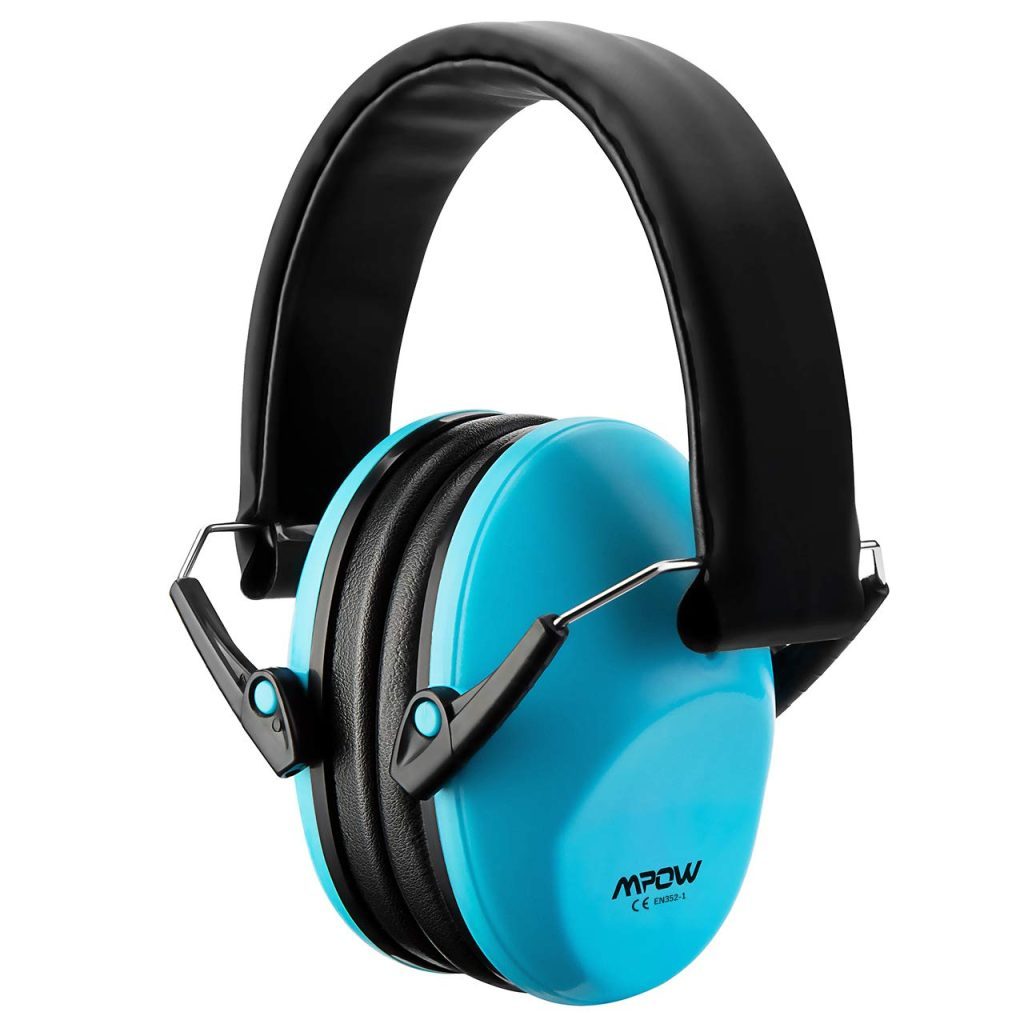
Overview
The idea was to put together a short post about selecting woodworking tools for children, but I soon realized a short post wouldn’t do the job–so this is the first in a series that will include Twisting Tools (screwdrivers and wrenches), Cutting Tools (saws, knives, chisels, and hatchets), Pounding Tools ( hammers), Holding Tools (Clamps and Vices), and Measuring Tools ( tape measures, measuring wheels, and speed squares).
The Three Abilities
This series will recommend tools based on the Three Abilities:
Affordability
I’ll recommend items that’ll get you the most for your dollar.
Usability
I’ll recommend items that’ll function well in the hands of children.
Durability
I’ll recommend items that’ll stand up to harsh and demanding early learning settings.
Hand Protection
While gloves add a protective layer to busy little hands and help prevent cuts, scrapes, blisters, and slivers, they also reduce grip strength, hinder dexterity, and limit sensory input from the hands. This means in some cases they are a safety accessory and in others they’re a liability. For example, a child just learning to use a screwdriver could arguably be safer without gloves because she’ll have a better grip on the tool and be able to better feel how it’s aligning with the screw head–both things that reduce the likelihood that the screwdriver will slip and cause an injury.
When selecting gloves, fit is important. Pick gloves that offer a snug fit.
Loose fitting or bulky gloves, like the ones pictured below, magnify all the negatives mentioned in the last paragraph. Plus, they are more likely to irritate or distract the child wearing them. An irritated or distracted child is a child whose focus drifts–and that can lead to an injury.

Genuine leather work gloves, like these, tend to work well for woodworking as well as gardening and play with large or heavy loose parts. Their earth tone coloring makes them easy to lose. Consider adding a splash of bright colored paint to the front and back of these gloves to make them stand out.

These Kevlar safety gloves are another possibility. They were not readily available in children’s sizes back when our family child care was open, so I’ve never used them with kids. I’ve been really impressed, however, with the cut resistance offered by adult-sized versions I’ve tried.
They are not made to resist punctures, but do well resisting slicing from bladed tools. Plus, they come in multiple sizes and bright colors.

Eye Protection
Eye protection also has an upside and a downside. While it’s generally a great idea to keep airborne debris away from curious little eyeballs, my experience is that poorly fitting eye protection can prove very distracting. Safety goggles also tend to fog over–even those that claim to be anti-fog–and this can cause further focus-grabbing irritation and annoyance.

I recommend avoiding goggle style eye protection like the ones pictured above. While they fully enclose children’s eyeballs, they are also most likely to fog. The elastic also gives out pretty quickly and then slippage becomes an issue. It’s hard to focus on guiding a handsaw through a board with foggy goggles snagged on your nose.
Wrap around safety glasses like these are a better option. They allow more air flow so they are less likely to fog (they still might) and there is no pesky elastic to deal with.

I’d avoid the classroom packs of safety glasses available online and in some early learning catalogs. They’re inexpensive, and you get what you pay for–I’ve never been impressed with their quality/durability.
Hearing Protection
It’s unlikely that hearing protection will be necessary for most early learning woodworking tool use scenarios. Not a lot of preschools are introducing kids to chainsaws or three horsepower table saws.
That said, having a couple pairs of noise reduction ear muffs around is probably a good idea. Some kids are sound sensitive and will prefer to wear the muffs when hammering nails–those same kids may prefer to wear the muffs when other kids are hammering nails too. Back in our family child care days, sound sensitive Hunter would borrow a pair of our muffs each time he went to see monster trucks or demolition derbies. We also often left them around the playroom as a loose part. Kids incorporated them into all kinds of play and even just wore them around for the heck of it.
Helping kids get in the habit of wearing hearing protection is a good idea too. I’m 50. I didn’t start regularly using hearing protection until I was in my 30s because growing up none of my woodworking role models used it. It’s a habit I had to force upon my self and wish I had learned much sooner.
These are the muffs I selected for my granddaughter. They are lightweight, adjustable for kid-sized heads, off a fair amount of noise reduction and come in bright colors so they are harder to lose. Any muffs with similar specifications should serve you well.

Foam or silicone in-ear plugs are another option, but in my experience they were usually a hassle–they were uncomfortable, fell out, and were easily lost. Plus, I always worried certain kids would start sticking stones, green bean, and other things in their head holes if they were allowed to stick foam plugs in their ears.
Proper Supervision
Before handing hammers and saws to a class of eager three-year-olds, it is vital that the adults in charge are well-prepared and educated on how to use the tools.
The most effective piece of safety gear I can recommend is an attentive, tuned-in, thoughtful, knowledgeable, and responsive adult presence. Adults in charge of woodworking activities should feel comfortable, know about the tools and materials being used, and be able to differentiate between developmentally appropriate risk and potential hazards. Having such a person in charge is the most effective way to keep kids safe around potentially dangerous woodworking tools.
Woodworking shouldn’t be supervised by an overprotective, hovering, worried, micromanaging adult. Such adults tend to leave kids feeling unsure, uncomfortable, and unwilling to take necessary learning risks. Nor should it be supervised by an uneasy, uninterested, or unsure-around-tools adult. Such adults can easily overlook potential hazards in both how the environment is arranged and how children are interacting with the tools and materials.
Conclusion
Our Early Learning Activity Benefit/Risk Assessment form is a Playvolution HQ resource you might find helpful in preparing to keep kids safe while using tools.
I’ve also been considering creating some video tutorials or online training sessions aimed at educating adults on basic tool use to help them get comfortable with classroom woodworking. Please post a comment if you’d be interested in such resources.
I’d also love to see comments or questions about safety gear or woodworking with kids in general in the comments.
Update (06.11.2019)
It’s probably a good idea to allow kids time to get to know the safety gear before jumping into woodworking and tool use projects. Too often kids meet hammers, and nails, and safety gear all at once–that can be overwhelming. Letting them use the safety gear during dramatic play would be a great way to introduce it.
Contribute content to Playvolution HQ
Brought to you by Explorations Early Learning
Browse Trainings
Author
Jeff Johnson is an early learning trainer, podcaster, and author who founded Explorations Early Learning, Playvolution HQ, and Play Haven.
In-Person And Online Training
Learn how to book an in-person or online training for your organization on these early learning topics.
Support The Site
I participate in the Amazon Services LLC Associates Program, an affiliate advertising program designed to provide a means for me to earn fees
by linking to Amazon.com and affiliate sites.
Thanks To Our Patrons
This post was made possible by patrons like these, who generously fund our work:
Supporters
Lissadell Greene Stephanie Goloway
Lagina Kozak Michelle Hankins
Marie Messinger Tamara L. Lakin
Fans
Jen Flemming Lizz Nolasco Anuradha Badri
Susan Warner Kelly Sigalove Shawn Wolf
Vittoria Jimerson Codee Gilbert Wendy Tedford
Monica Morrell Pam Soloman Melissa Franklin
Teresa Watson Erika Felt Autumn Peele
Melissa Taylor Jahmeela Robinson
Amber Maurina Terra Calamari Anne Jackson
Lagina Kozak Samantha Yeager-Cheevers
Elizebeth McCoy Sammy Cousens Ellen Cogan
In-Person And Online Training
Learn how to book an in-person or online training for your organization on these early learning topics.
Support The Site
I participate in the Amazon Services LLC Associates Program, an affiliate advertising program designed to provide a means for me to earn fees
by linking to Amazon.com and affiliate sites.
Thanks To Our Patrons
This post was made possible by patrons like these, who generously fund our work:
Supporters
Lissadell Greene Stephanie Goloway
Lagina Kozak Michelle Hankins
Marie Messinger Tamara L. Lakin
Fans
Jen Flemming Lizz Nolasco Anuradha Badri
Susan Warner Kelly Sigalove Shawn Wolf
Vittoria Jimerson Codee Gilbert Wendy Tedford
Monica Morrell Pam Soloman Melissa Franklin
Teresa Watson Erika Felt Autumn Peele
Melissa Taylor Jahmeela Robinson
Amber Maurina Terra Calamari Anne Jackson
Lagina Kozak Samantha Yeager-Cheevers
Elizebeth McCoy Sammy Cousens Ellen Cogan
In-Person And Online Training
Learn how to book an in-person or online training for your organization on these early learning topics.
Support The Site
I participate in the Amazon Services LLC Associates Program, an affiliate advertising program designed to provide a means for me to earn fees
by linking to Amazon.com and affiliate sites.
Thanks To Our Patrons
This post was made possible by patrons like these, who generously fund our work:
Supporters
Lissadell Greene Stephanie Goloway
Lagina Kozak Michelle Hankins
Marie Messinger Tamara L. Lakin
Fans
Jen Flemming Lizz Nolasco Anuradha Badri
Susan Warner Kelly Sigalove Shawn Wolf
Vittoria Jimerson Codee Gilbert Wendy Tedford
Monica Morrell Pam Soloman Melissa Franklin
Teresa Watson Erika Felt Autumn Peele
Melissa Taylor Jahmeela Robinson
Amber Maurina Terra Calamari Anne Jackson
Lagina Kozak Samantha Yeager-Cheevers
Elizebeth McCoy Sammy Cousens Ellen Cogan



Leave a Reply